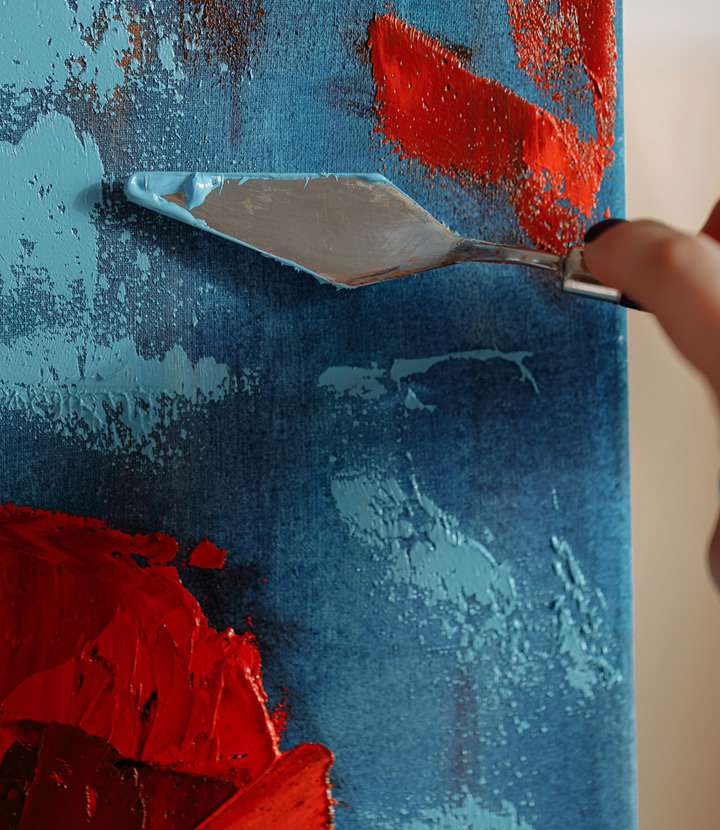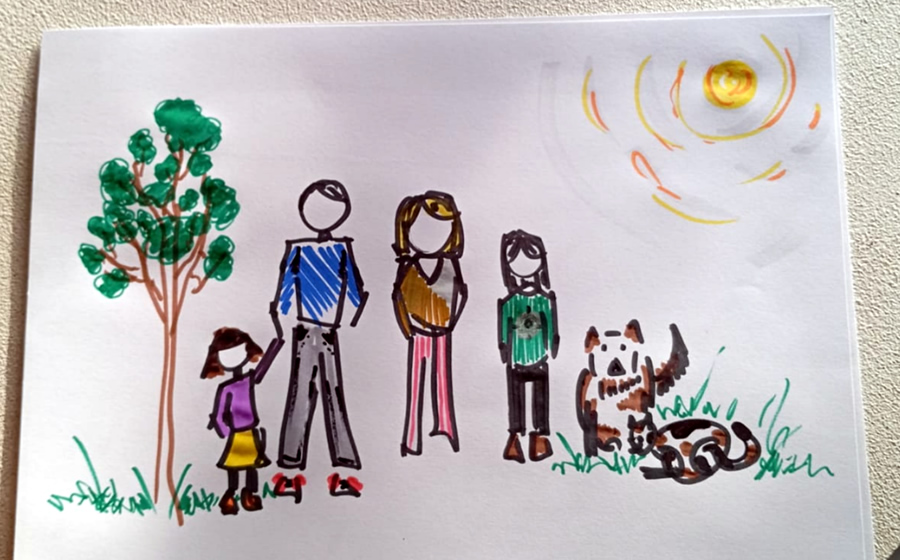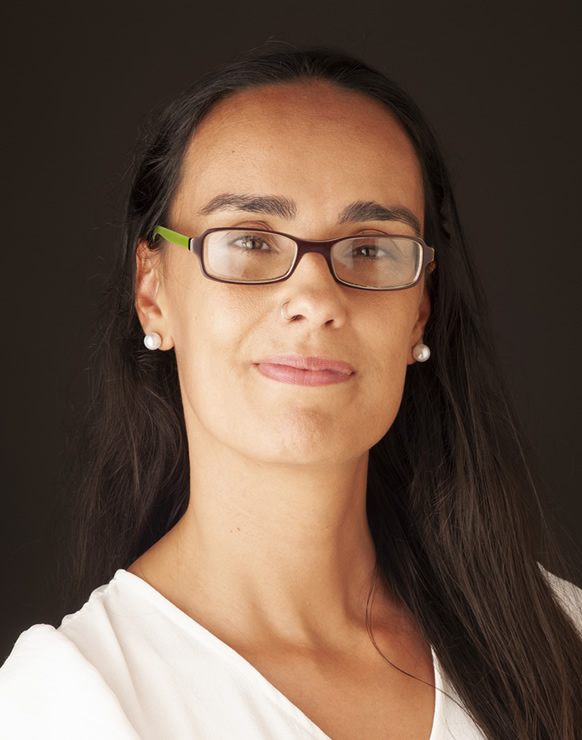Art Psychotherapy: how does it work?
Blog written by the psychologists at Psinove. We explore topics related to psychology and psychotherapy, daily challenges, and reflections.

According to the Portuguese Society of Art Therapy, Art Psychotherapy "stands out as a method of psychic treatment that uses artistic mediators in the context of a specific therapeutic process." These artistic mediators are materials or types of art that facilitate the process and allow transformation.
"This results in a therapeutic relationship based on the interaction between the subject/patient (creator), the artistic work (creation), and the art therapist/psychotherapist. The use of imagination, symbolism, and metaphors enriches the process. The characteristics mentioned above facilitate communication, the rehearsal of object relations, the reorganization of internal objects, significant emotional expression, and greater self-awareness, thus releasing the capacity for thought and creativity (Carvalho, R., 2001).
An art psychotherapy process always begins with an assessment of the request that the patient brings, an investigation of all relevant symptoms in the patient's clinical picture, and their life history. At this point, there is a distinction between art psychotherapy and verbal psychotherapies: the life story itself is created using artistic mediators, namely at the level of painting and drawing, in order to create an illustrated life story. This allows patients to experience various types of materials as they talk about themselves, their personal issues, their difficulties, and the most relevant life events. Usually, this illustrated process brings to light some content that was not so present in the conscious mind. Examples of this are when patients find new connections between events or become aware of the importance these events have for current problems.
Below, I leave you an example of a patient I accompany [naturally, with her permission]:
During the exploration of the life story, one of the creations requested is a drawing of a family with felt-tip pens.
This patient chose to draw her own family, depicting herself as the youngest child holding hands with her father. This allowed us to navigate through the relationship she had/has with each of the family members, who are the closest, the most distant, those with whom there is more conflict, what relationship the family members have with each other, and how that was important (positively or negatively) in her upbringing. The fact that there is an image representing these people helps us understand dynamics that are intuitively drawn on the paper and that may even, later, be looked at again in session.
Throughout all the other sessions, after creating the life story, materials are used to address the themes that arise in each of the consultations. An art psychotherapist studies intensely the potentialities of each material they work with. This allows them to suggest to the patient the best option to explore/work on each of the presented problems.
The mediators that we can use in art psychotherapy are:
- Painting and Drawing;
- Modeling and Sculpture;
- Collages;
- Drama, Dramatic Play, and Puppets;
- Body Expression;
- Music and Singing;
- Creative Poetry and Free Writing;
- Stories, Tales, and Myths;
- Guided Imagination;
- Sandtray;
- 3D constructions with various materials;
- Postcards.
It is not mandatory to use them all throughout an art psychotherapeutic process, and it is absolutely respected if a patient has an aversion to working with any of these mediators. Naturally, the reasons for this aversion can also be explored later, if the patient is also willing to do so.
Each of these mediators has more potential for a certain type of work and will facilitate contact with specific dimensions of the human being. For example, when I need to facilitate the expression of anger from a certain patient who has a lot of difficulty getting angry, I often use modeling or body expression exercises. Both mediators allow access to this anger, enhance its discharge (often necessary to prevent it from being accumulated and/or misdirected), and then allow it to be integrated in a healthier and more creative way.
Different materials allow for different emotional work, and as we are not only at the level of verbal communication, it allows us to work on defense mechanisms without confronting them and to promote change in content to which the patient still does not have conscious access. Art psychotherapy allows for this aesthetic configuration of the patient's dimensions at various levels, giving them the necessary support to feel safe exploring/working on very difficult themes without having to verbalize them immediately or directly. This space is gradually conquered, the creations become very important symbolic communication vehicles to give shape to what one is and what one wants to be.
Each intervention is tailor-made, like a tailor's work, according to the characteristics of the patient, the request they bring, and how the materials can contribute to these objectives. It is a journey made together, in which I deeply believe and which surprises me every session.
References:
CARVALHO, Ruy (2001). A arte de sonhar ser. In: Images of transformation. Pomar Clinic. Rio de Janeiro.




